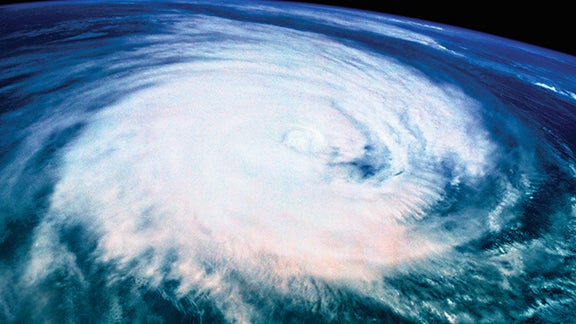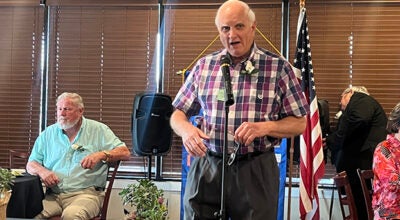Storm brings flooding, possible hurricane
Published 9:37 pm Wednesday, July 10, 2019
A storm swamped New Orleans streets and paralyzed traffic Wednesday as concerns grew that even worse weather was on the way: a possible hurricane that could strike the Gulf Coast and raise the Mississippi River to the brim of the city’s protective levees.
The storm was associated with an atmospheric disturbance in the Gulf that forecasters said was on track to strengthen into a hurricane by the weekend. The National Hurricane Center expected the system to become a tropical depression by this morning, a tropical storm by tonight and a hurricane on Friday.
Lines of thunderstorms ranged far out into the Gulf and battered New Orleans, where as much as 8 inches of rain fell over a three-hour period Wednesday morning, officials said.
Mississippi and Texas were also at risk of torrential rains.
In New Orleans, streets turned into small, swift rivers that overturned garbage cans and picked up pieces of floating wood. Water was up to the doors of many cars. Other vehicles were abandoned. Kayakers paddled their way down some streets.
Forecasters said Louisiana could see up to 12 inches of rain by Monday, with isolated areas receiving as much as 18 inches.
The National Weather Service in Jackson predicted a 50 percent chance of rain showers and thunderstorms for Lincoln County today, lowering to a 20 percent chance overnight.
The possibility rises to 60 percent Friday and 80 percent Saturday. Rainfall of 4 to 6 inches is possible.
A gradual decrease in rain is expected Sunday through Wednesday of next week, dropping from a 70 percent chance on Sunday to 20 percent going into Wednesday.
The National Hurricane Center reported that the slow movement of this system will result in a long-duration heavy rainfall threat along the central Gulf Coast and inland through the lower Mississippi Valley potentially into next week. Flash flooding and river flooding will become increasingly likely along and east of the system’s track, some of which may be significant.
The Associated Press contributed to this story.






